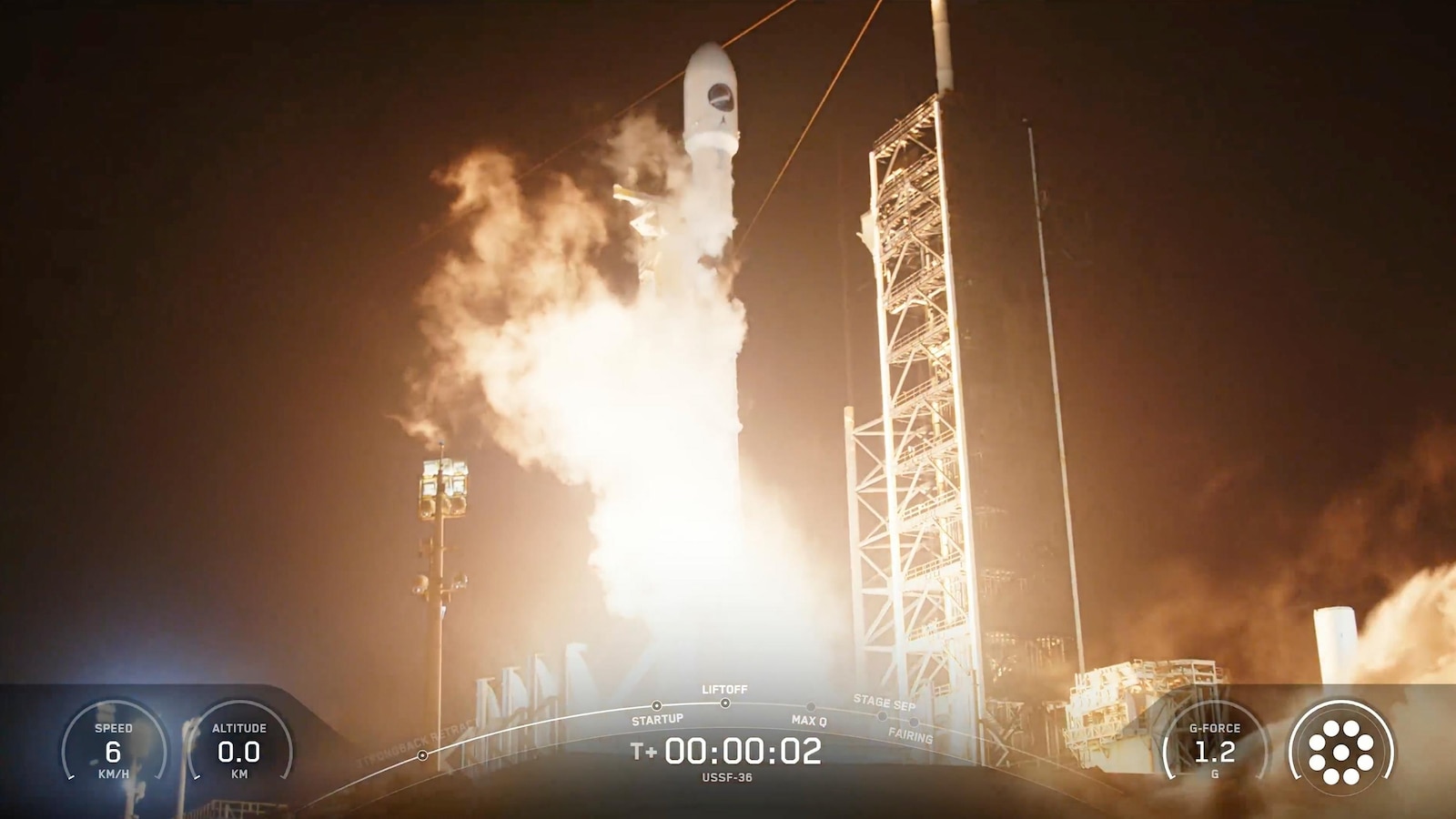U.S. Military Strikes Drug Boat in Southern Caribbean

Introduction
President Trump has confirmed that the U.S. military launched a strike on a drug-laden vessel in the southern Caribbean, just a week after deploying warships to the region. This strike was aimed at disrupting the flow of illegal drugs into the United States from Venezuela, which has been embroiled in a political and economic crisis for several years. The move is part of the ongoing efforts by the U.S. to combat drug trafficking in the region.
Key Details
The drug boat was reportedly carrying a large amount of cocaine and was believed to be headed towards the U.S. when it was intercepted by the U.S. military. The strike was authorized under the Maritime Drug Law Enforcement Act, which allows the U.S. to take action against vessels suspected of being used for drug trafficking. This is not the first time the U.S. has targeted drug boats in the southern Caribbean; in fact, it has become a common tactic in the fight against drug trafficking in the region.
Impact
The strike on the alleged Venezuelan drug boat is a clear message to the Maduro regime that the U.S. will not tolerate illegal activities that pose a threat to its national security. It also serves as a warning to other countries that may be involved in drug trafficking, that the U.S. is closely monitoring the region and will not hesitate to take action when necessary. This latest
About the Organizations Mentioned
U.S. Military
## The U.S. Military: A Comprehensive Overview The **U.S. Military**—comprising the Army, Navy, Air Force, Marine Corps, Space Force, and Coast Guard—is the world’s most advanced and powerful armed forces. Its core mission is to defend the United States, its citizens, and its interests, both at home and abroad. The military also plays a vital role in disaster relief, humanitarian aid, and international peacekeeping. With over 1.3 million active-duty personnel and a defense budget exceeding $800 billion annually, it is a cornerstone of U.S. national security and a major driver of global stability. ### Historical Roots The U.S. Military traces its origins to the Continental Army, established in 1775 during the American Revolution. Throughout the 19th and 20th centuries, the military expanded dramatically, playing pivotal roles in the Civil War, both World Wars, and the Cold War. The National Security Act of 1947 reorganized the military into the Department of Defense, fostering greater coordination among the branches and establishing the Air Force as an independent service. ### Key Achievements The U.S. Military has achieved numerous technological and strategic milestones, from the development of nuclear weapons and intercontinental ballistic missiles to the creation of the global positioning system (GPS) and stealth technology. It led the Allied victory in World War II, helped contain communism during the Cold War, and has been instrumental in counterterrorism operations post-9/11. Its role in NATO and other alliances has helped maintain international order for decades. ### Current Status Today, the U.S. Military is a global leader in defense innovation, investing heavily in artificial intelligence, cybersecurity, unmanned systems, and space exploration. The establishment of the Space Force in 2019 underscores its commitment to securing the final frontier. The military is also a major employer and economic force, with defense contracts supporting thousands of businesses and driving technological advancements in sectors like aerospace, computing, and


